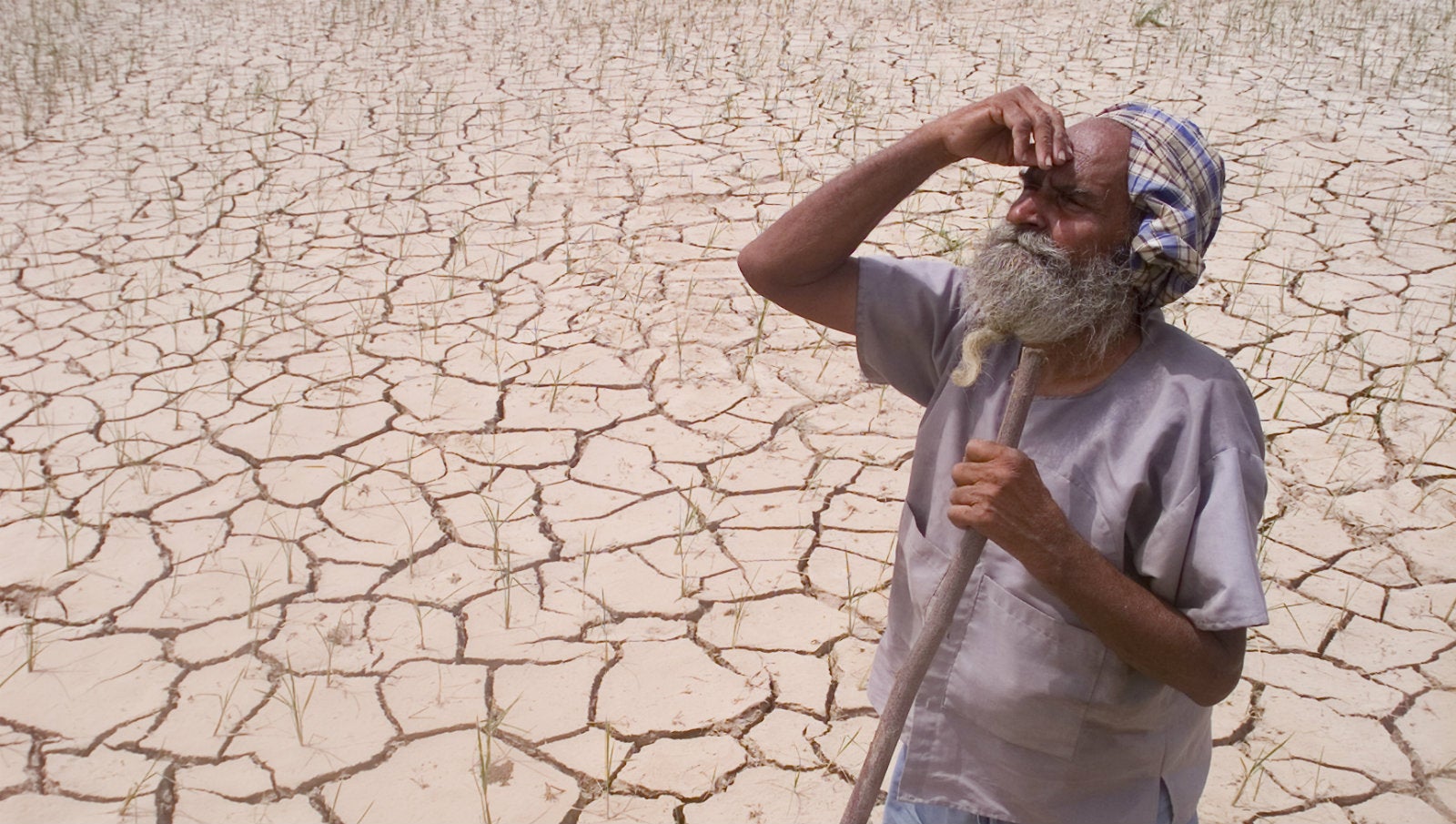Charted: Weak monsoons will hurt these four Indian states the most
The monsoons are the lifeline for India’s rural economy. In the four-month-long period, it brings 70% of the country’s total annual rainfall—critical for about half of India’s agricultural land which lacks access to irrigation.


The monsoons are the lifeline for India’s rural economy. In the four-month-long period, it brings 70% of the country’s total annual rainfall—critical for about half of India’s agricultural land which lacks access to irrigation.
So far this year, according to the Indian Meteorological Department, 58% of the country has received normal rainfall, 13% saw excess rainfall and 29% has witnessed deficient monsoons.
The most impacted by these deficient rains are four states—Bihar, Karnataka, Maharashtra and Uttar Pradesh—that together contribute about 34% to India’s total food grain production, according to a report by credit ratings agency CRISIL.
In all, CRISIL analysed 14 states which together account for 90% of India’s agricultural production on parameters like rainfall received, indebtedness among rural households and insurance cover. Of these states, only three have received more than normal rainfall.
Farming households
All of the four states marked as the most vulnerable to deficient rain have a sizeable proportion of rural household engaged in agriculture. Therefore, if agriculture production falls because of lower than expected rainfall, overall household income is typically hit hard, thereby also impacting spending patterns.
Already, many of the fast moving consumer goods (FMCG) firms have flagged subdued rural demand. For instance, Hindustan Unilever—India’s largest FMCG firm—in July said that rural demand is still low and a pick-up in profitability depends on a revival in the area.
Debt repayment
Indian farmers often also have to shoulder large debt burdens. This problem is most striking in states like Maharashtra and Karnataka, where instances of farmer suicides due to indebtedness are some of the highest in the country. Deficient rainfall will worsen the situation by limiting income and curbing debt repaying capacity.
Irrigation deficit
Even though Uttar Pradesh and Bihar have a healthy size of land under irrigation, the continued weather shocks since last year may be a spoiler. In the other two states, the area under irrigation is below the national average of 46.9%. In 2014, the monsoon season ended with 12% deficient rainfall—the worst in five years.
“Even with good irrigation cover, two consecutive years of weak rainfall would bring down the effectiveness of irrigation systems in these states,” CRISIL said in the report.
Insurance issues
Meanwhile, crop insurance among these states is also low.
Unseasonal and deficient rain often damages crops, which without insurance can mean that farmers are left reeling under losses and growing debt. But most of the times, farmers are unable to pay the premium or already have huge debt which does not allow them to participate in such schemes.
Nonetheless, according to a April 2015 survey conducted by trade body Assocham and forecast company Skymet Weather, 46% of the uninsured farmers surveyed said although they were aware of insurance schemes, they were not interested.